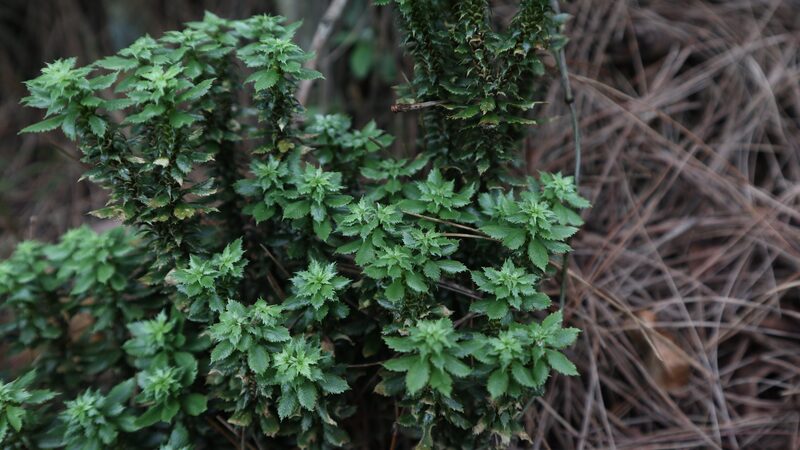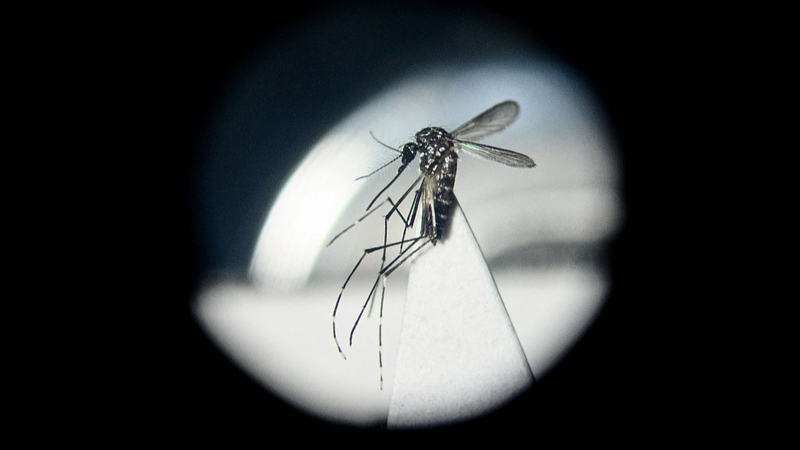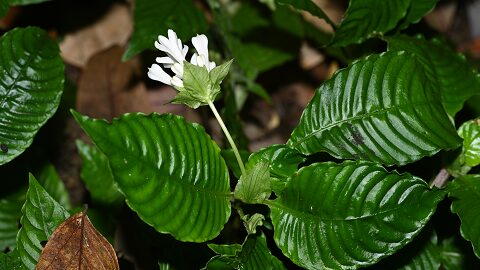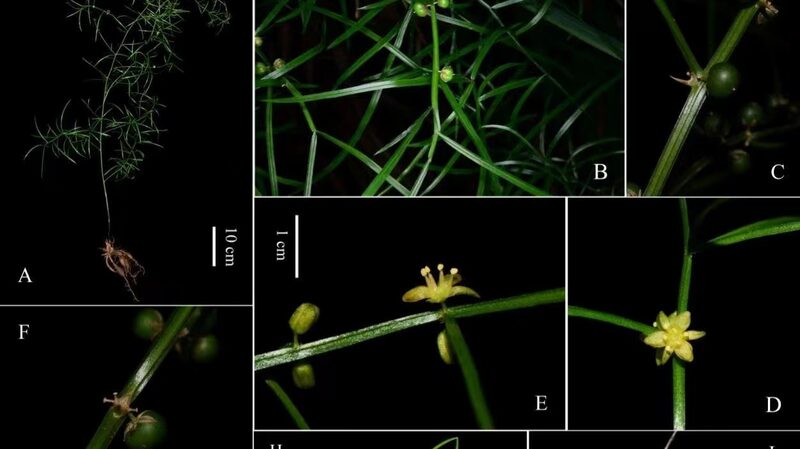Researchers from the Xishuangbanna Tropical Botanical Garden (XTBG) under the Chinese Academy of Sciences (CAS) have made a groundbreaking discovery in southwest China. A new firmoss species, named Huperzia crassifolia, has been identified during a medicinal plant inventory in Guizhou Province. Extracts from this plant have been proven effective in the treatment of Alzheimer’s disease.
Liu Hongmei, an associate researcher at XTBG, provided insights into this significant find. “Huperzia, commonly known as firmoss, comprises about 25 species and primarily grows in temperate and boreal climatic zones,” she explained. The newly discovered Huperzia crassifolia is a terrestrial firmoss that, while resembling other species in general morphology, can be easily distinguished by its thicker texture and round-lanceolate pinnae.
The discovery of Huperzia crassifolia not only enriches the biodiversity records of the region but also holds promising potential for medical research, particularly in the fight against Alzheimer’s disease. The effectiveness of its extracts opens new avenues for developing treatments and underscores the importance of exploring natural resources for pharmaceutical advancements.
This finding highlights the rich botanical diversity of southwest China and the critical role of dedicated research in uncovering nature’s hidden treasures. As Alzheimer’s disease continues to impact millions worldwide, such breakthroughs offer hope for more effective therapies and a better understanding of the disease.
Reference(s):
New firmoss species with potential to treat Alzheimer's discovered
cgtn.com








